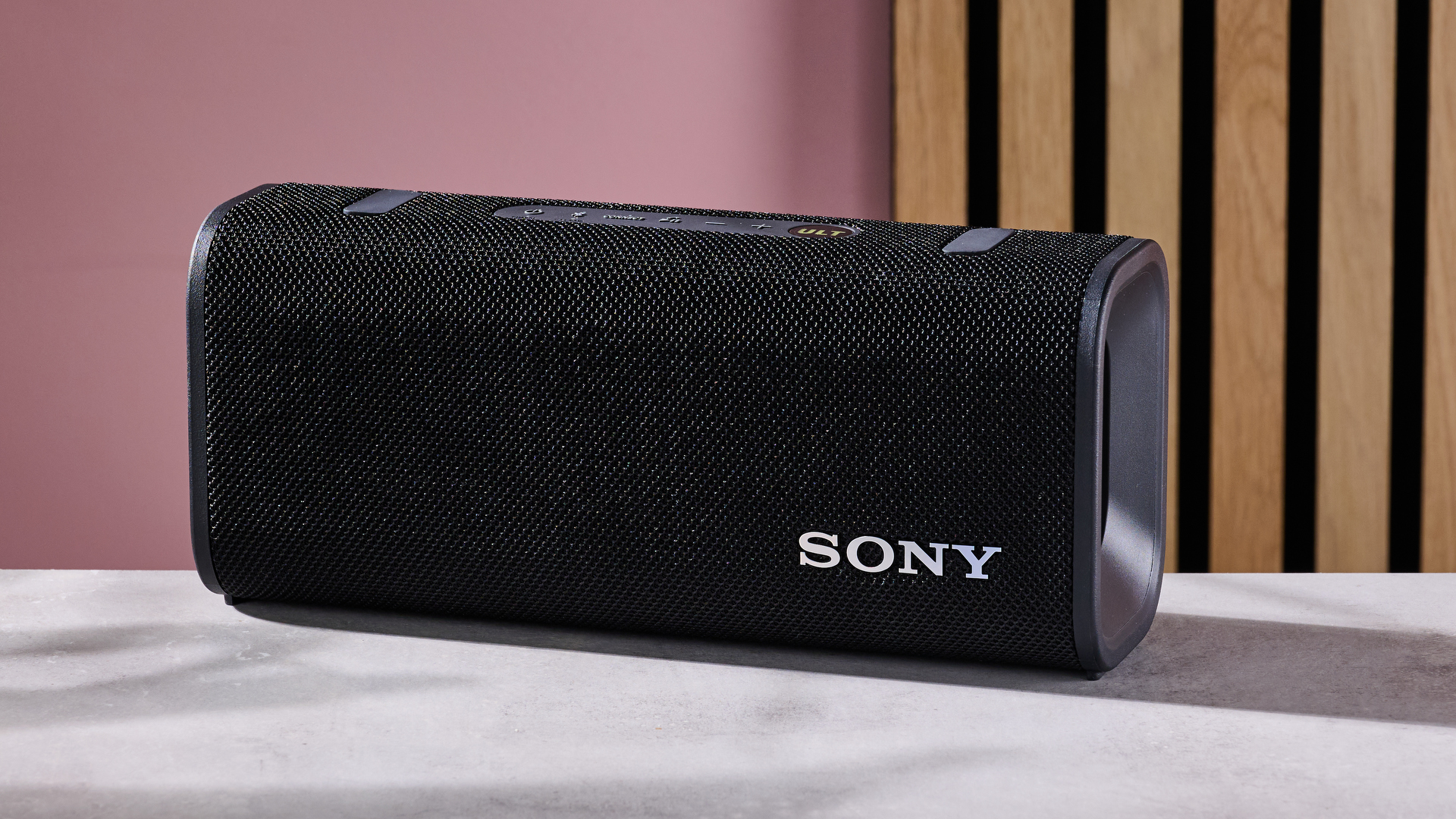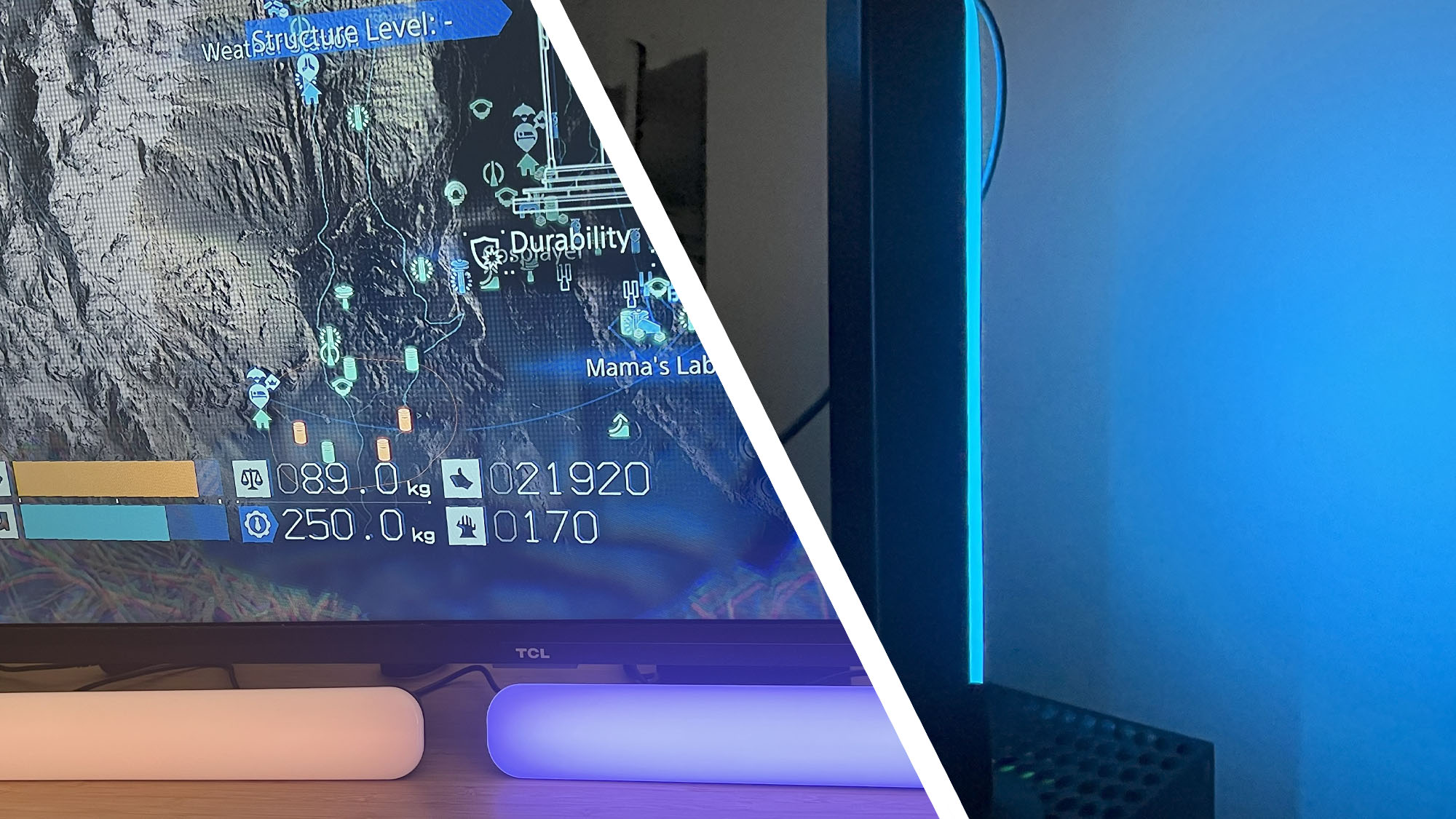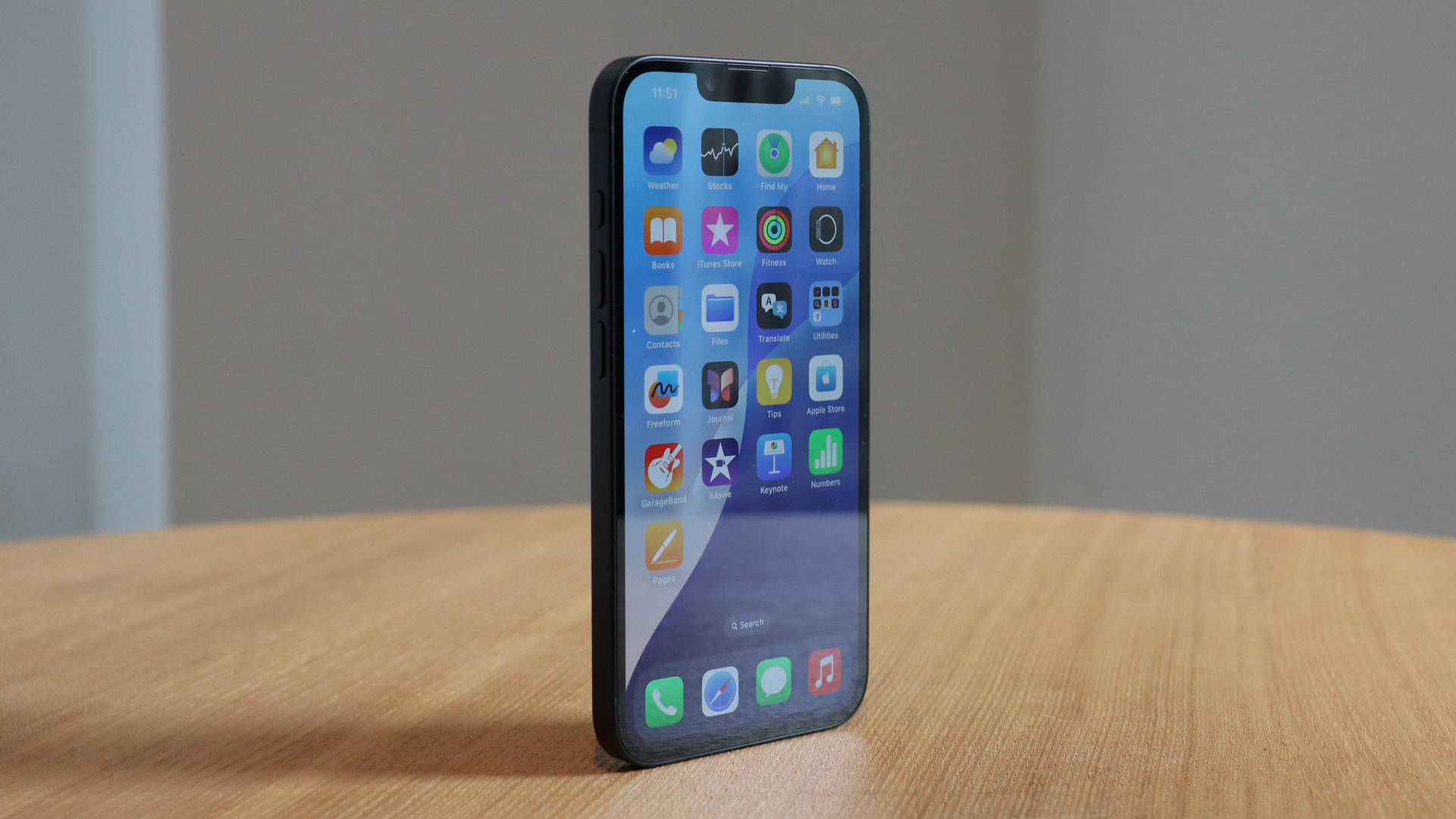I spent countless hours in meetings with EKSA S30 and this open-ear wireless headset made it all more bearable
A lightweight, comfortable fit for all-day meetings.
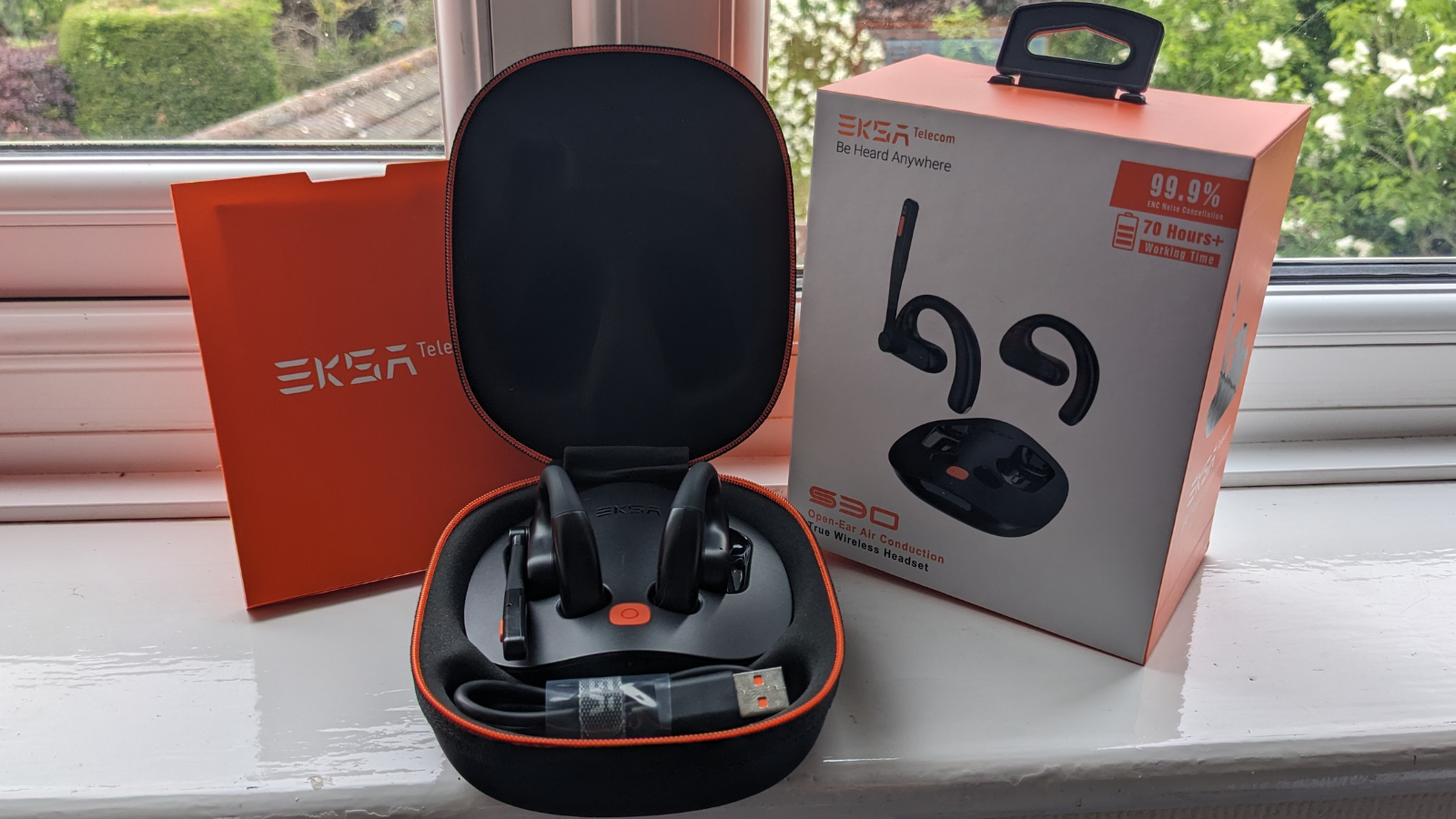
The most eye-catching thing about the EKSA S30 wireless headset is its open-ear design. For anyone looking for an airy alternative to large, padded ear-cups or invasive earbuds, this may prove ideal.
Unlike many of the best Bluetooth headsets around, this boasts a twin-headset – one for each ear, with a moveable mic on the left – rather than a single unit that leaves one ear exposed (and all the office distractions that come with it).
Speaking of which, the manufacturer claims that the open-ear air conduction unit cuts out 99.9% of environmental noise on the mic, despite hanging over the ear. That said, there’s no ANC for audio, which depending on your POV may be good or bad.
It’s retailing for $150 – although on Amazon, I saw it on sale at around the $100 / £100 mark. But how does it measure up? I took it into meeting after meeting to find out if the EKSA delivers on its promise.
EKSA S30: Unboxing & first impressions

The headset comes nicely packed, in a bright orange box – a color theme that’s continued across the design, from the buttons to the branding on the case. As you’d expect, packed away in a sleeve, is the instruction manual and warranty cards. It’s a nice touch, perhaps overkill, but ever since Apple began its tech domination, it’s all about making packaging and unboxing an ‘experience’.
Inside the well-padded carry case, you’ll find the two headsets, sat in a removable molded base unit that charges them when not in use. The headsets are kept in place with concealed magnetics, preventing movement, too. At the front of the base unit is a single orange button for turning the headsets on or off.
There’s also a USB cable neatly slotted in the space in front. For my money, this case offers all the protection you need. It’s lightweight, but feels durable – I put plenty of weight on top of it, and the structure still held out, making it ideal for the commute, or leaving around in a manic office.
EKSA S30: Design & operation
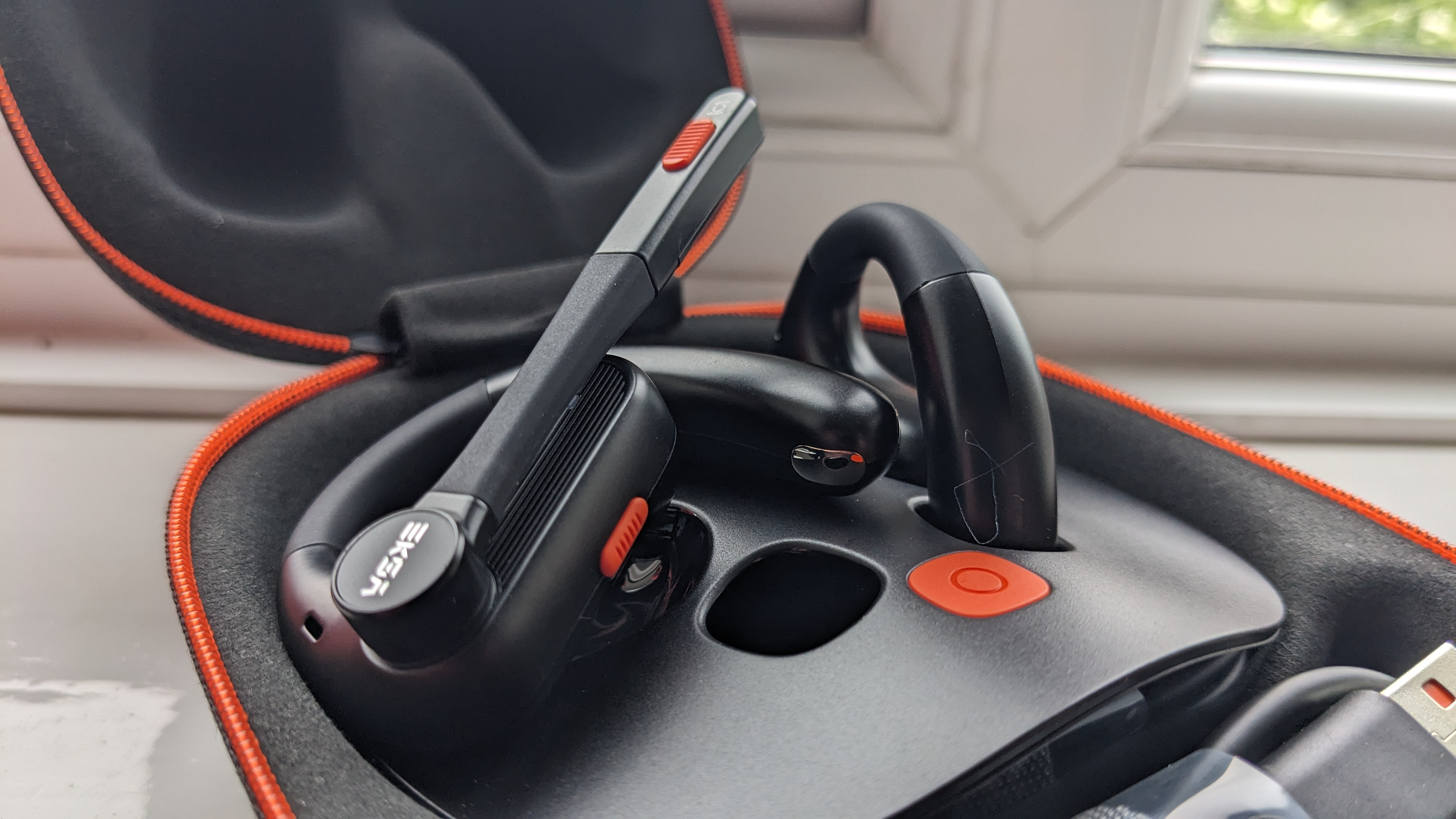
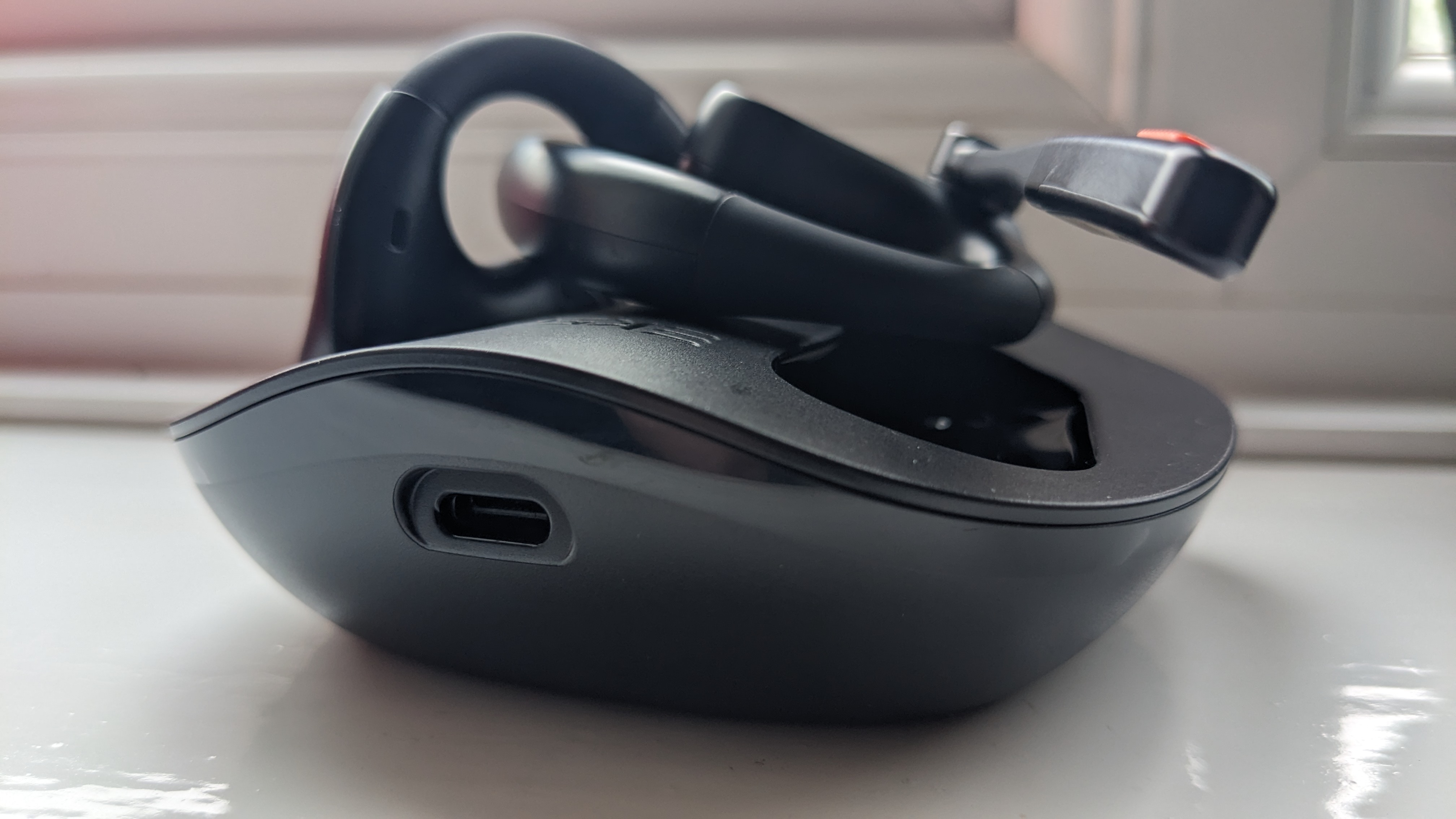
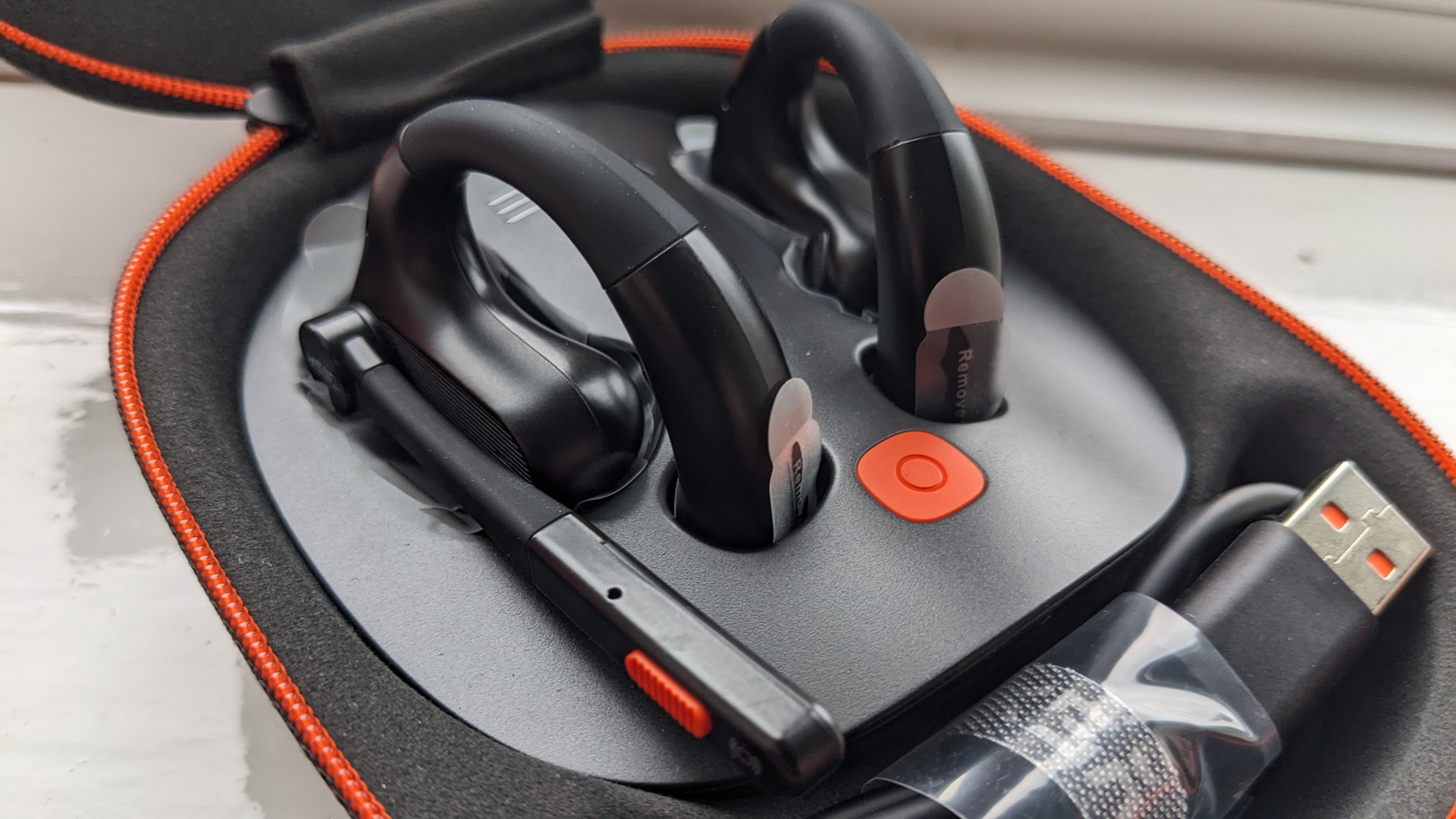
The headsets themselves are light, with a plastic front and rear connected by a flexible rubberized ear hook which can be adjusted for fit. For what it’s worth, I didn’t feel any sense of these being too tight or too loose during use, so it must be doing something right.
On the underside of the speaker sections of each headset are the textured control buttons – again, bright orange, so you can’t miss them. Positioning is good, but I found operating them was a little stiff, with the hard plastic never giving me the feedback I wanted when switching on or off. I had to rely on the small lights to check whether or not the headsets were ready for the meeting.
These lights will also serve up the battery level, flashing red when they require a recharge. A light on the carry case performs the same function, showing green, orange, or red depending on how much battery charge remains.
The left earpiece also has a microphone that smoothly swivels into position. Towards the end of this there’s a button (guess which color) for muting, but happily, this one offers a better tactile experience, with a soft but definitive click when depressed.
One of the biggest missteps here is not allowing access to the USB-C charging port from the outside of the case. This means you’ll need to take the base unit out to charge it up when the battery inevitably dies. A solution like the one found on the case for the Xbox Elite controller, with a rubber cap that can be lifted to allow charger access, would just keep everything cleaner and more compact.
EKSA S30: In use
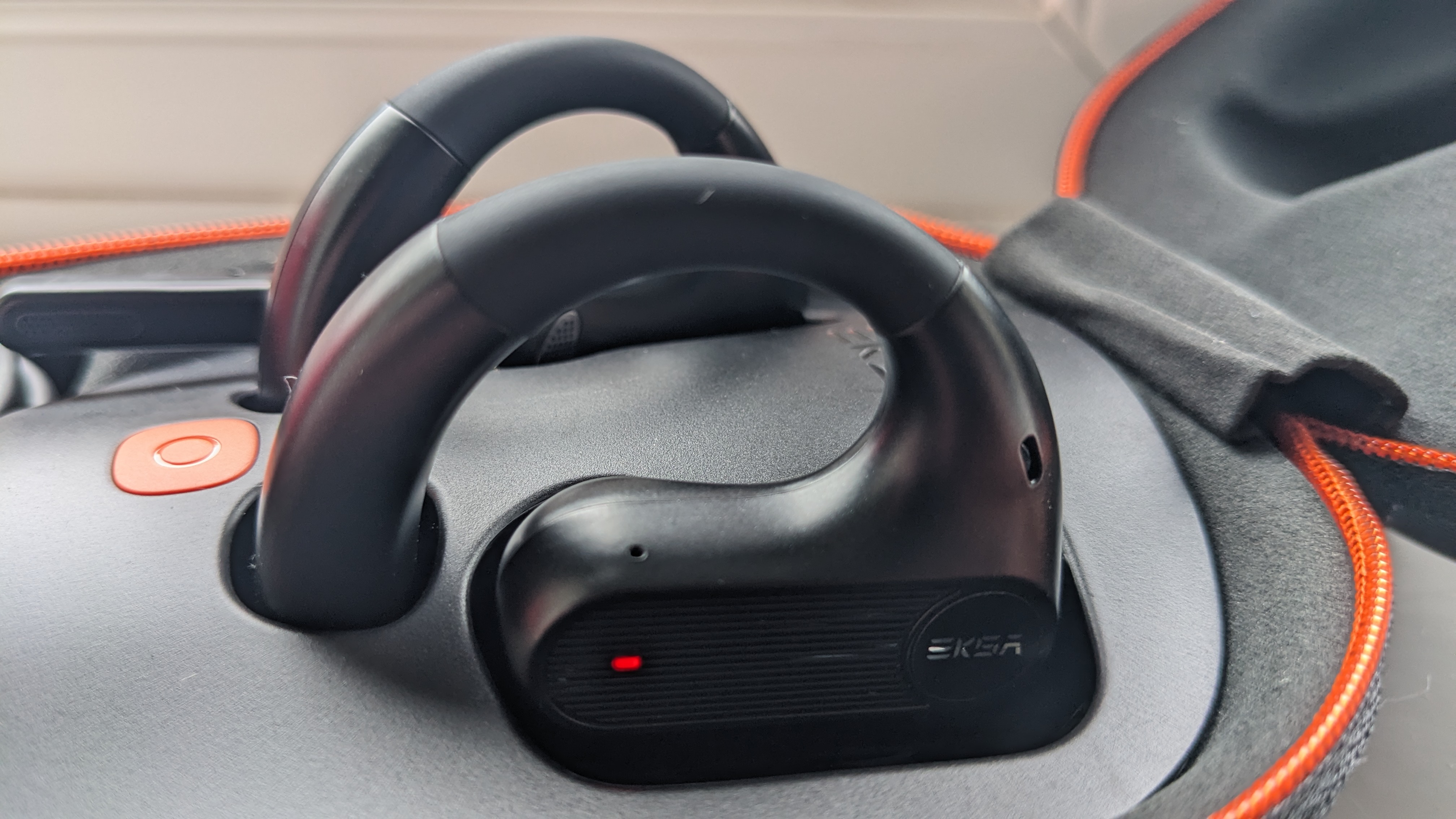
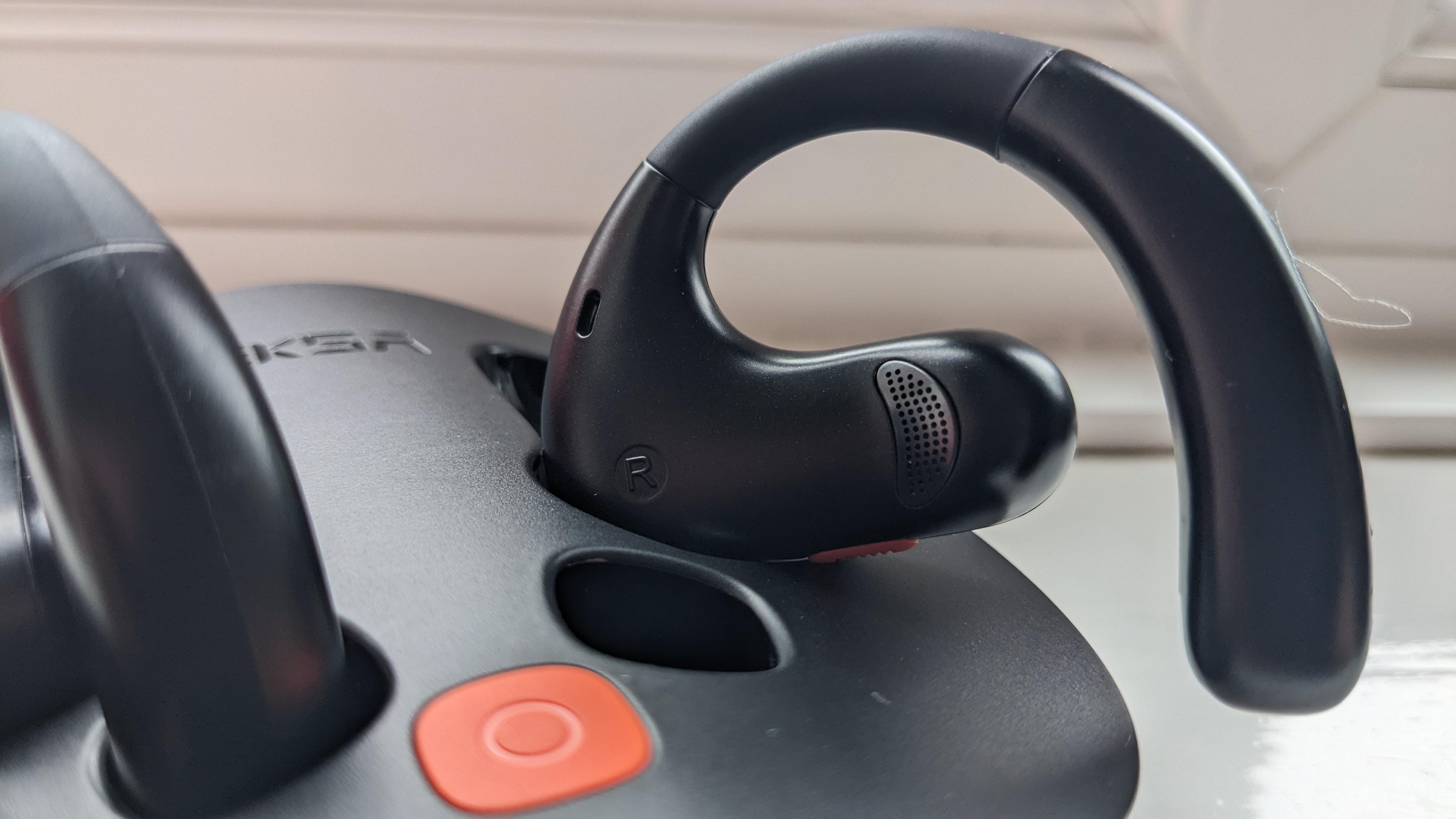
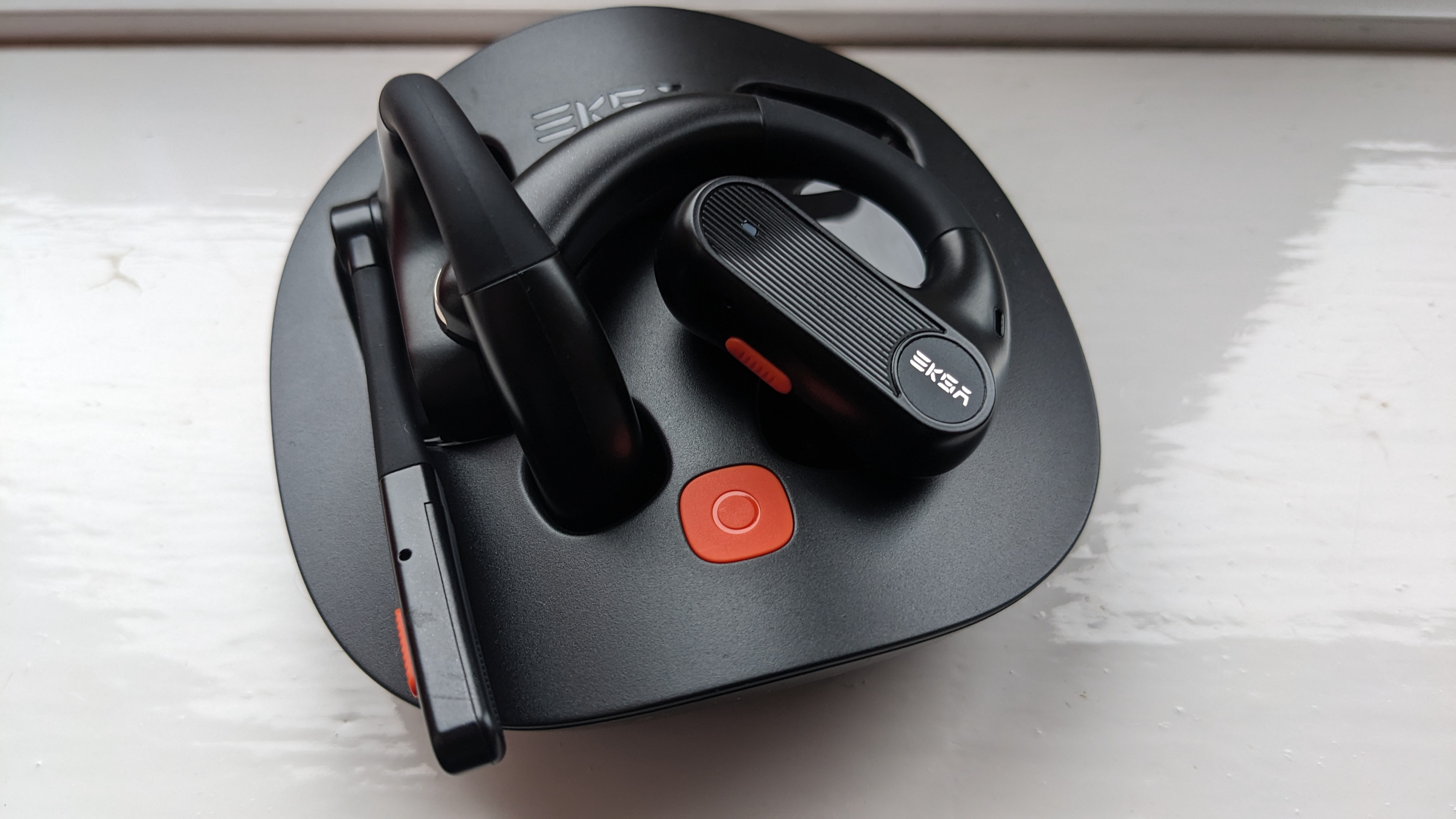
Alright, so that’s the design – but how do they work in a real-world setting? First, I was keen to find out how that open-ear air conduction felt and sounded. As a man who practically lives in his over-ear Anker Q20 headphones, I wanted to know if this headset would offer a more breathable experience, especially in the hot weather.
And I was pleasantly surprised. Draped over my lobes, the EKSA S30 felt comfortable – so light, in fact, that I almost forgot I was wearing them. Before I knew what had happened, I’d listened to an hour-long podcast without once fiddling with them or shifting their position. If you’re just using these for meetings (even all-day meetings), you’ll have no issues popping these on.
However, this headset doesn’t just cater to meetings on your desktop or laptop. As a Bluetooth device, it’ll connect to your phone, letting you answer calls, play or pause music and YouTube videos, adjust volume, or activate your phone’s AI assistant. This, too, worked well.
More importantly, everything sounded good, with the correct timbre and bass (as expected for a device that bills TubeBass Technology as a selling point). Voices sounded natural and real, with none of the tinniness you sometimes get from a headset.
During calls and meetings I could hear others perfectly, and those on the call noted that my mic delivered clear audio. When I recorded myself to listen to the playback, I experienced the same.
According to EKSA, the headset’s AI-powered microphone delivers up to 99.9% environmental noise-cancelling (ENC) Technology. A figure like that is red rag to a bull for a reviewer, so I ran a makeshift test by playing TechRadar's YouTube videos at varying volumes during calls. Once I moved around half a meter away from the source and began speaking, no-one could hear any background chatter.
Where users may have some difficulty switching from headphones to headset is the lack of noise-cancelation on the audio. But, then, I suppose that’s part of the appeal for the S30’s open-ear design, preventing the alienation that comes from blocking out absolutely everything but what’s being pumped into your ears, and generally keeping you aware of your surroundings.
EKSA S30: Final verdict
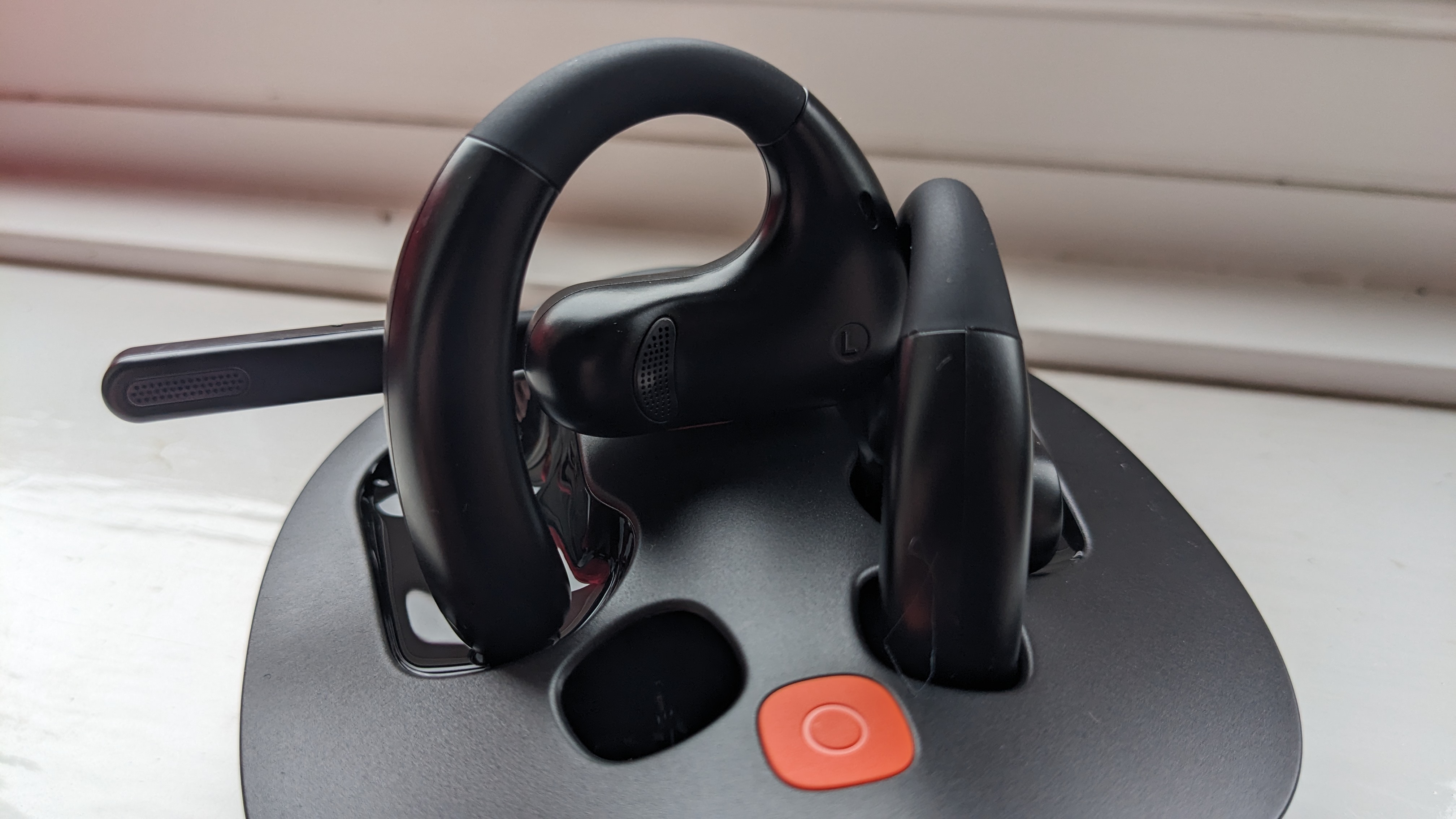
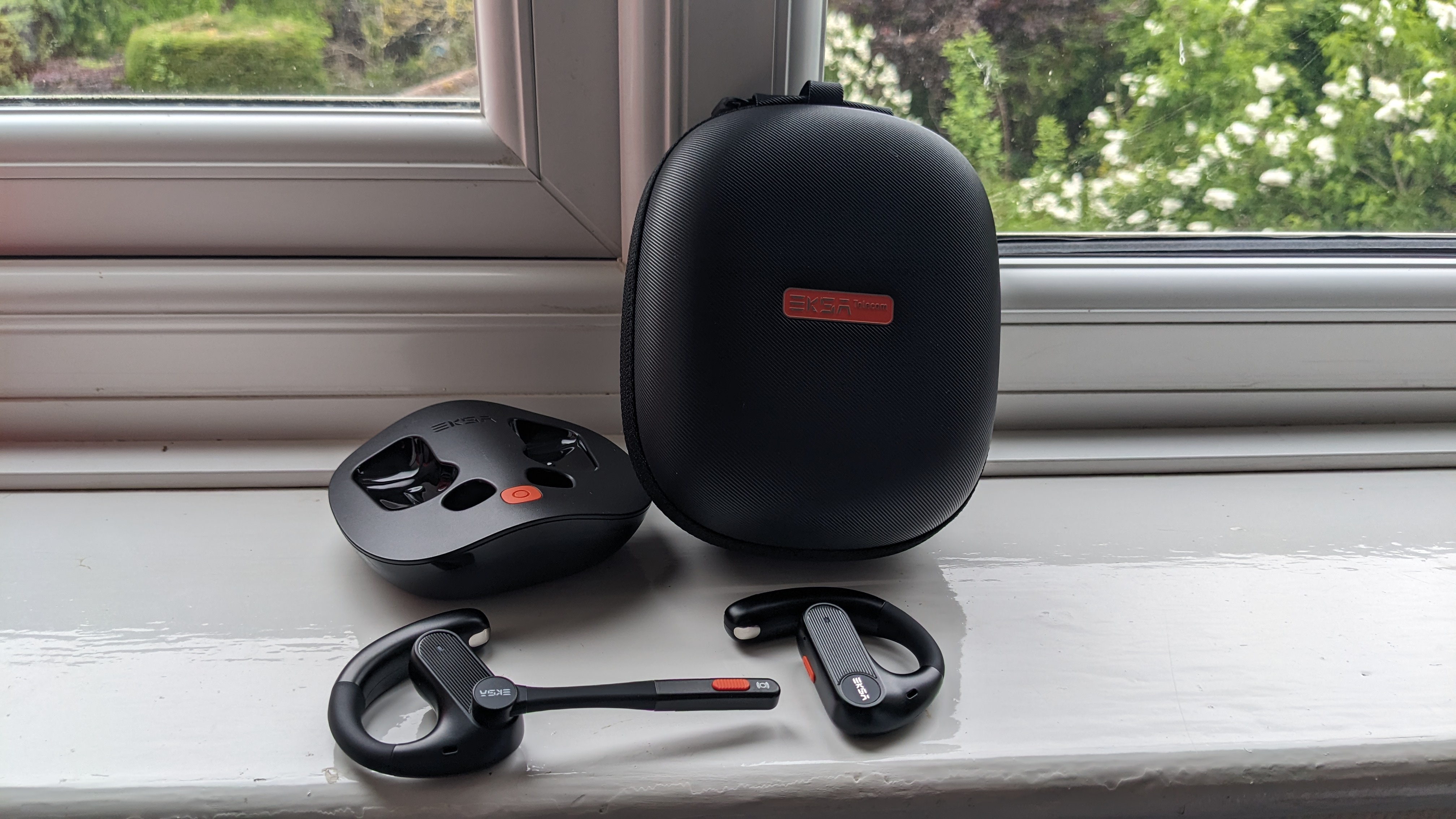
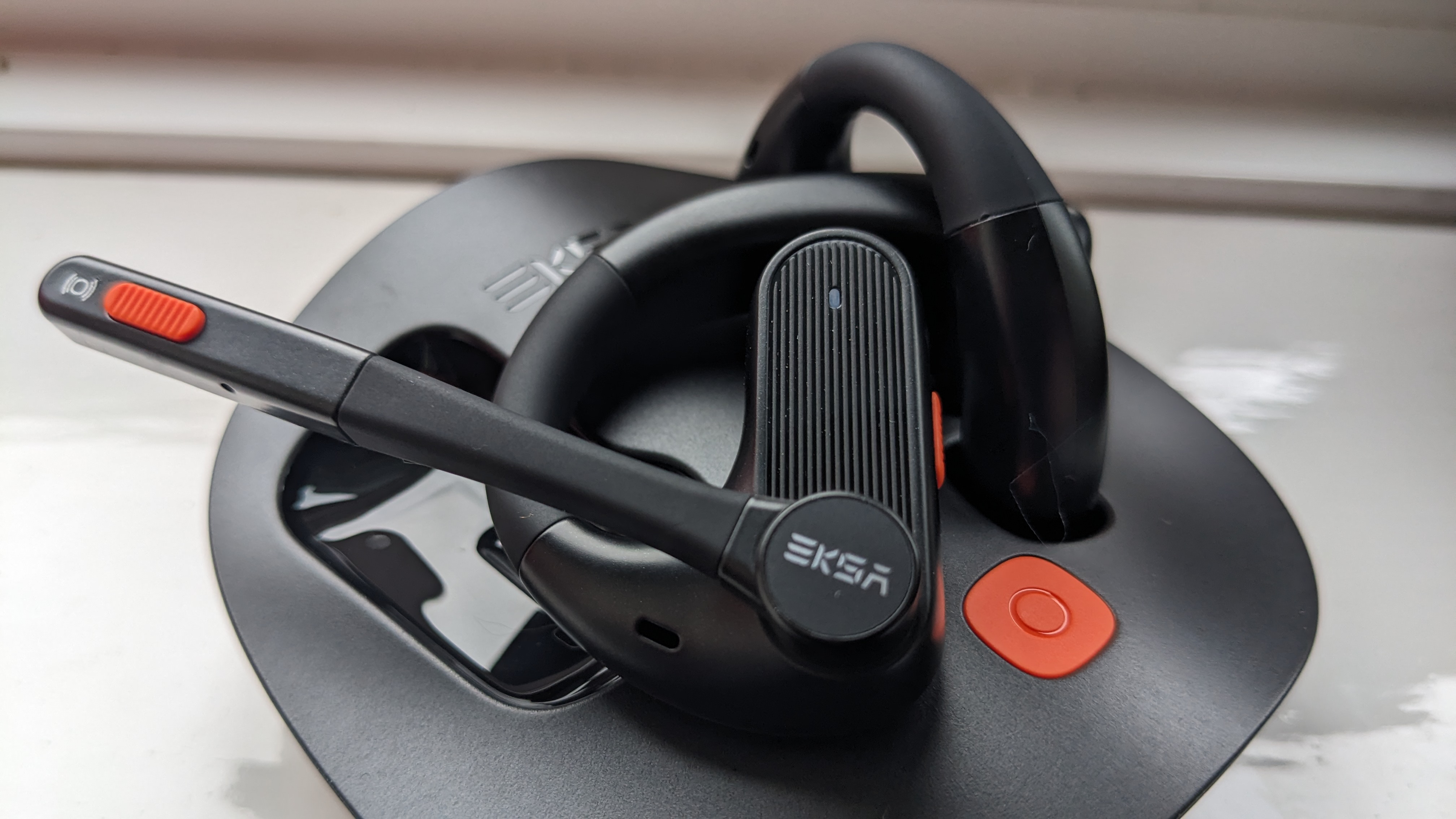
Light, comfortable, breathable open-ear design, good audio. For me, the EKSA S30 headset ticks all the key boxes for those who want a unit for all-day meetings.
The price might be a little higher than for some headsets, but you get a fair amount in the box, including the molded charging case for protection during travel and some decent tech operating inside the twin headsets, with excellent audio clarity across speakers and microphone.
A lack of ANC may put off some users. However, I had no issues using this in a relatively quiet workspace – and with AI-powered ENC on the mic, others in your meeting won’t hear all the background chatter, even if you can.
Should I buy the EKSA S30?

Buy it if...
✅ You want an open-ear headset: I really like how the design of this headset doesn’t shut you out the way a pair of cans does, without compromising on audio.
✅ You want a headset for all-day use: I found the S30 so light and comfortable, I practically forgot I was wearing it. The fit is snug without being tight, and ideal if you’re on calls all day.
Don't buy it if...
❌ You need ANC: While the microphone blocks out background noise, the speakers have no active noise cancelation. That may be an issue if you work in a particularly noisy office.
❌ You prefer on-ear headphones: This speaks for itself, really – if you’d rather traditional headphones, this model won’t appeal. However, even as an avowed headphone addict, I found plenty to like and recommend here.
For more options for regular meetings, we've also reviewed the best headsets for conference calls.





